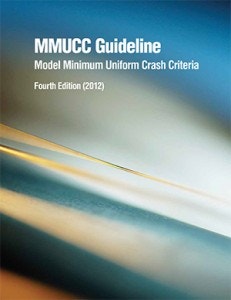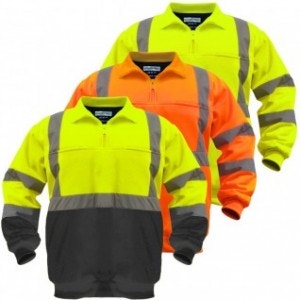English Taxi Driver Convicted For Intentionally Running Down Road Worker
- Aug 11, 2013
 A taxi driver in England has reportedly plead guilty to a hit-and-run incident that occurred on June 24th just outside the small town of Hereford, England.
A taxi driver in England has reportedly plead guilty to a hit-and-run incident that occurred on June 24th just outside the small town of Hereford, England.According to news sources, the driver Ronald Payne approached road construction around 9pm where he was told by construction worker Ewan Chalmers that he could not travel down a section of the main road due to work that was being performed.
According to police reports, the victim Ewan Chalmers stated that he was hit by Ronald Payne's cab at about 20 to 30mph shortly after denying him access to use the roadway. Chalmers said that as he was hit, he flew onto the hood of the car where he was carried for at least 150 feet before falling onto the road.
The driver never stopped, and when confronted by police told him that he never stopped and continued to drive away from the scene because he thought the construction worker "looked alright".
Luckily, Mr. Chalmers suffered no major injuries and was able to return to work the next day.
Ronald Payne handed in his notice to the taxi company, apparently under the suspicion that he was going to be fired from his job.
The judge, Toby Hooper sentenced Payne to two months in jail as well as a 12 month ban from driving. The judge gave Payne credit for his honesty in entering a guilty plea, however, he stated that "this is an appalling case of reckless driving that easily could have resulted in a death."
After sentencing, a the Highways Agency spokesman and lead officer for roadwork safety said "This case sends out a message that such behavior will not be tolerated and drivers who abuse our workers will face the full weight of the law."
Kathryn Richardson, from Herefordshire’s highways contractor Amey, added “We would like to remind road users that our employees are not simply roadworkers, they are mums, dads, husbands, wives, sons and daughters and we appeal to drivers to consider how they would feel about working in an area only a few feet from live traffic.”
Each year, hundreds of road workers around the globe are killed on the job, with a roughly estimated 50% of those as the direct result of being struck by a vehicle in traffic.
The most important and effective ways to reduce the number of fatalities is through proper education, awareness and an adherence to safety regulations. This includes training and utilizing high visibility safety gear that meets local and/or national regulatory standards.



